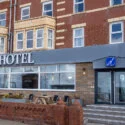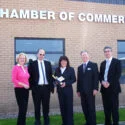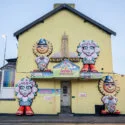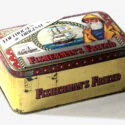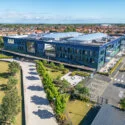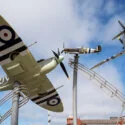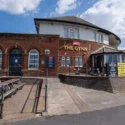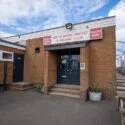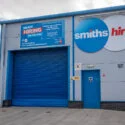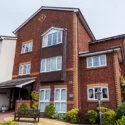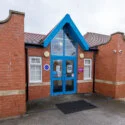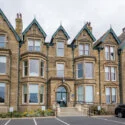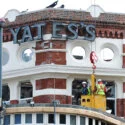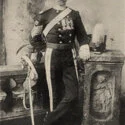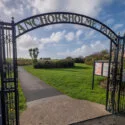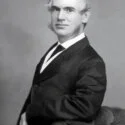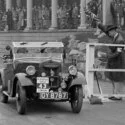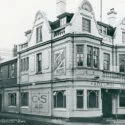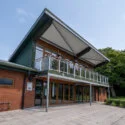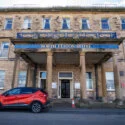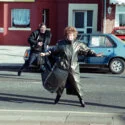The Pharos Lighthouse (also known as the Upper Lighthouse) is a historic and iconic structure located in Fleetwood, Lancashire, England. Standing at a height of 93 feet (28 meters), it is built from Runcorn red sandstone and was designed by the renowned architect Decimus Burton in 1839, with assistance from Captain H.M. Denham. Burton had been commissioned by Sir Peter Hesketh Fleetwood to design the new town of Fleetwood, and the lighthouse was one of the key elements of the town’s maritime infrastructure. Construction was completed in 1840, and it has since become one of Fleetwood’s most recognisable landmarks. Unusually for a British lighthouse, the Pharos stands in the middle of a residential street, Pharos Street, and is located quite a distance from the coast. Officially named the Upper Lighthouse, it has been informally known as the Pharos since its construction, taking its name from the ancient Pharos of Alexandria, one of the Seven Wonders of the Ancient World. The lighthouse was designed to work in tandem with the nearby Lower Lighthouse (also known as the Beach Lighthouse) on Fleetwood’s seafront. The two lighthouses were constructed to help guide ships safely through the perilous sandbanks of the Wyre Estuary. The lights of the two lighthouses were meant to align so that the light from the Pharos would sit directly above the light from the Lower Lighthouse, providing a clear navigational guide for vessels entering the estuary.
Both lighthouses were first illuminated on 1 December 1840, and initially, they were powered by the town’s gas supply, with each lighthouse using a single parabolic reflector behind the burner. Over time, both were converted to electric lighting. The Pharos Lighthouse stands at an elevation of approximately 104 feet (32 meters) above sea level, with a light range of around 12 nautical miles (22 km), making it a significant navigational aid for ships traveling through the estuary. The Pharos Lighthouse has seen various changes over the years. For much of its history, the lighthouse was painted in a striking cream and red colour. However, in the late 1970s, the original sandstone construction was exposed once more, restoring the lighthouse to its natural appearance. The Fleetwood terminal loop of the Blackpool Tramway passes right by the base of the lighthouse, offering a unique perspective of the structure for visitors using the tram service.
Currently, the Pharos Lighthouse is managed by the Port of Fleetwood, and while it remains an important part of the town’s maritime heritage, the interior is not open to the public. Its historical significance, striking design, and unique location continue to make the Pharos a key feature of Fleetwood’s seafront and a cherished piece of local history.
Be sure to have a look at Blackpool Timeline’s posts on the other two lighthouses in Fleetwood – the Lower Lighthouse and Wyre Light.
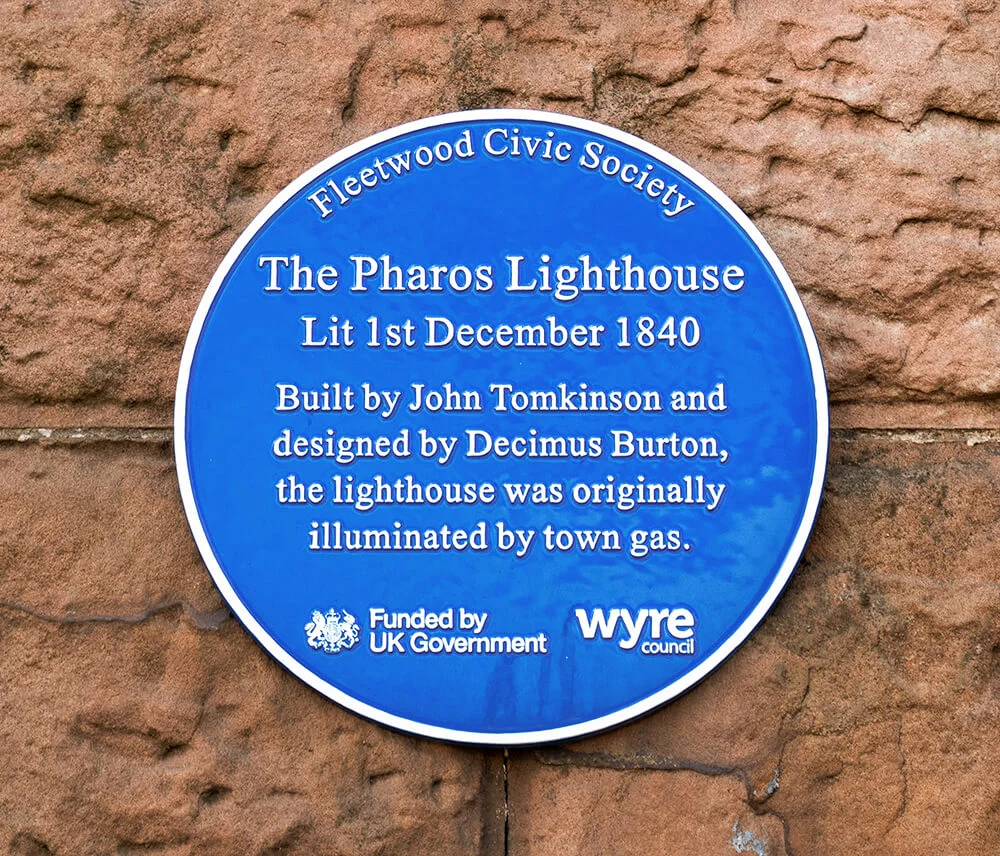
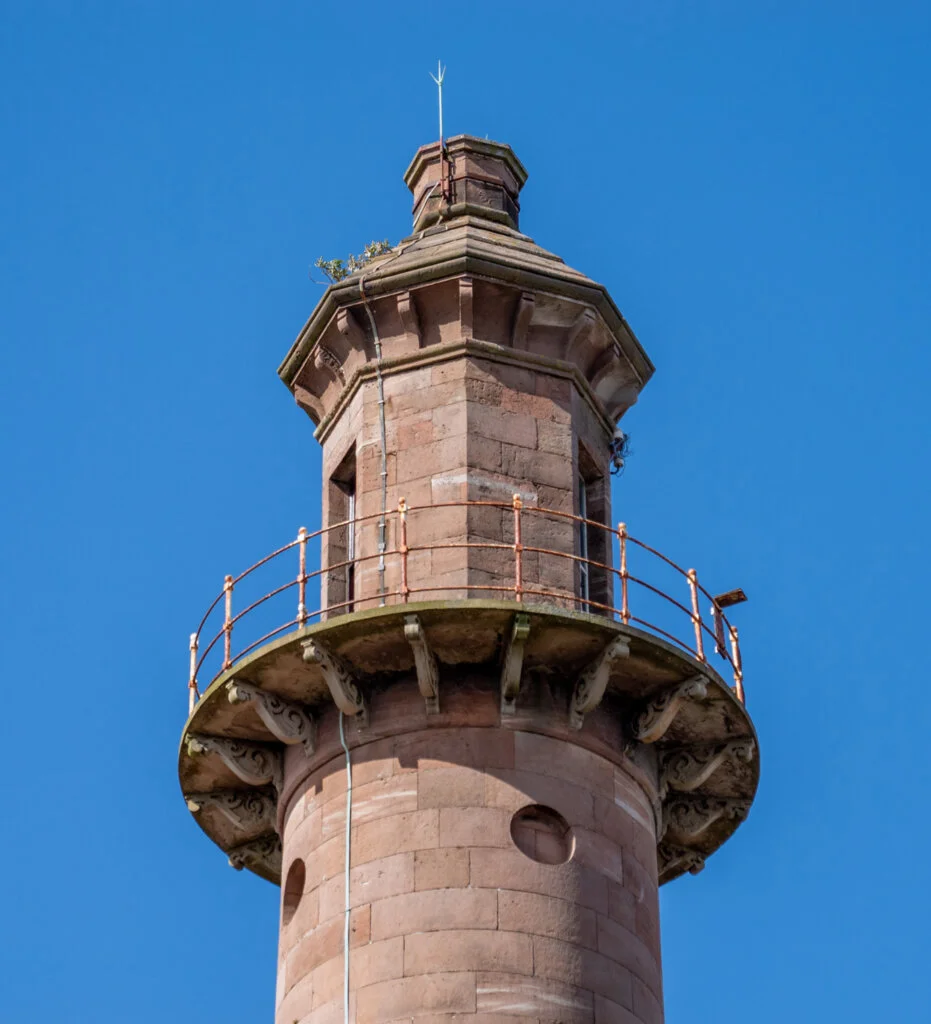
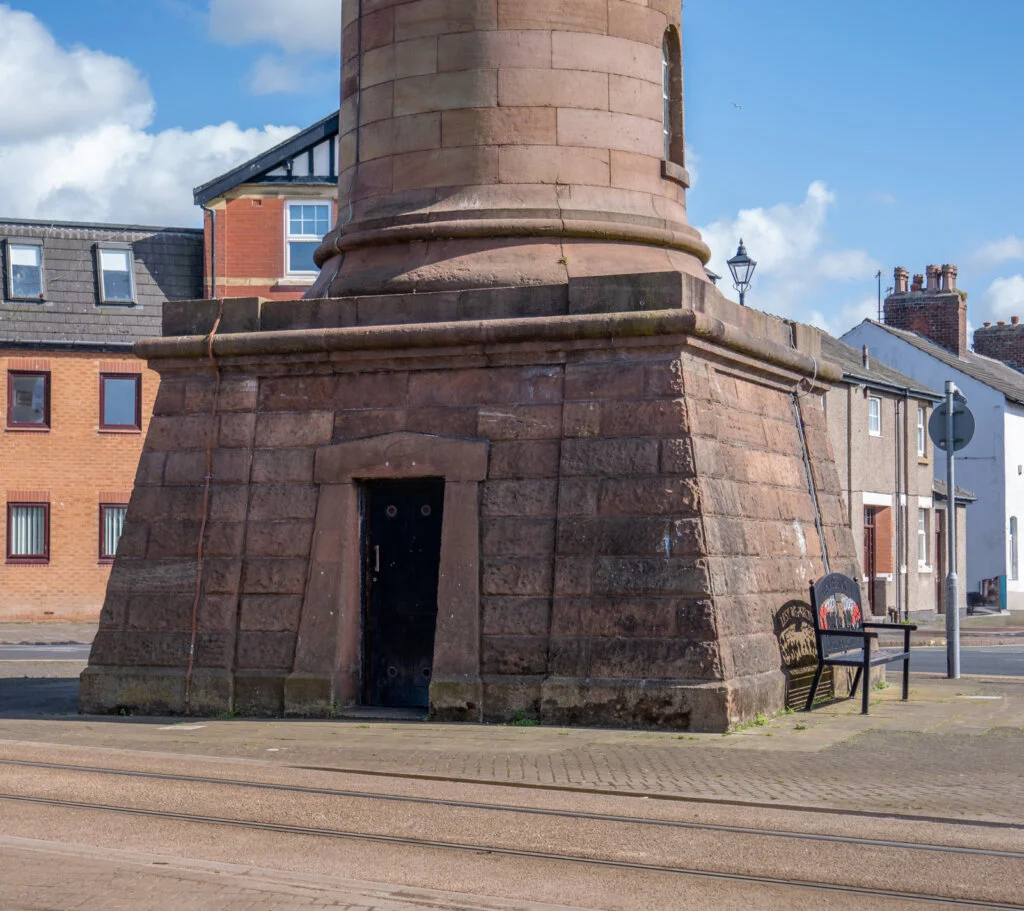
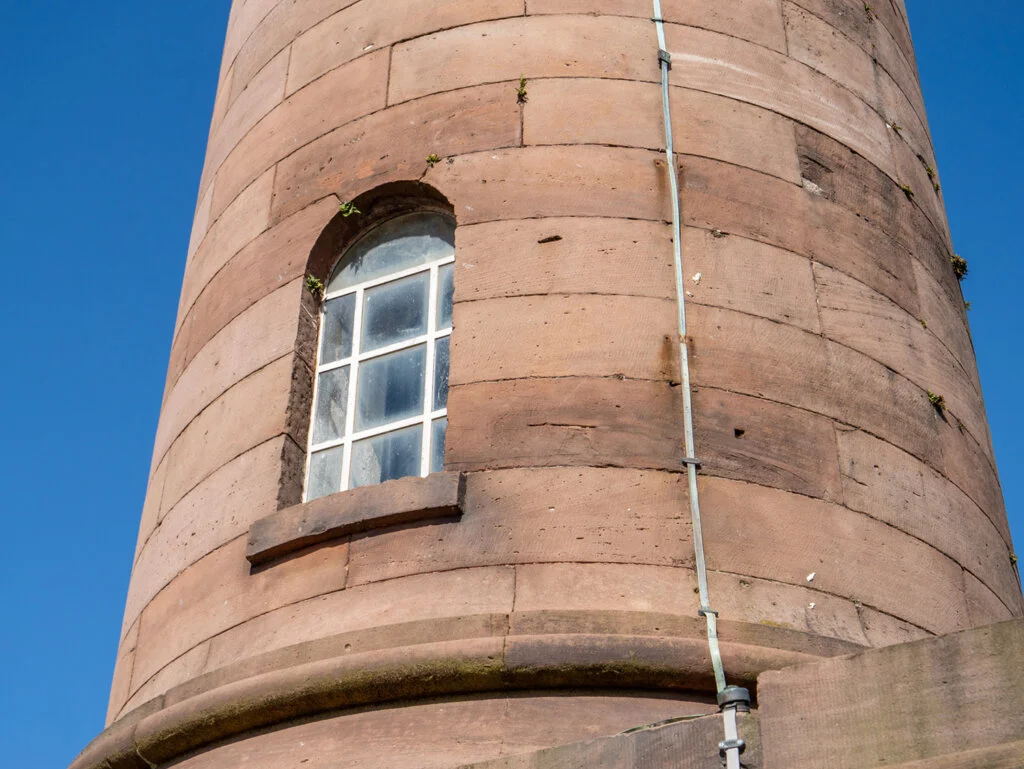
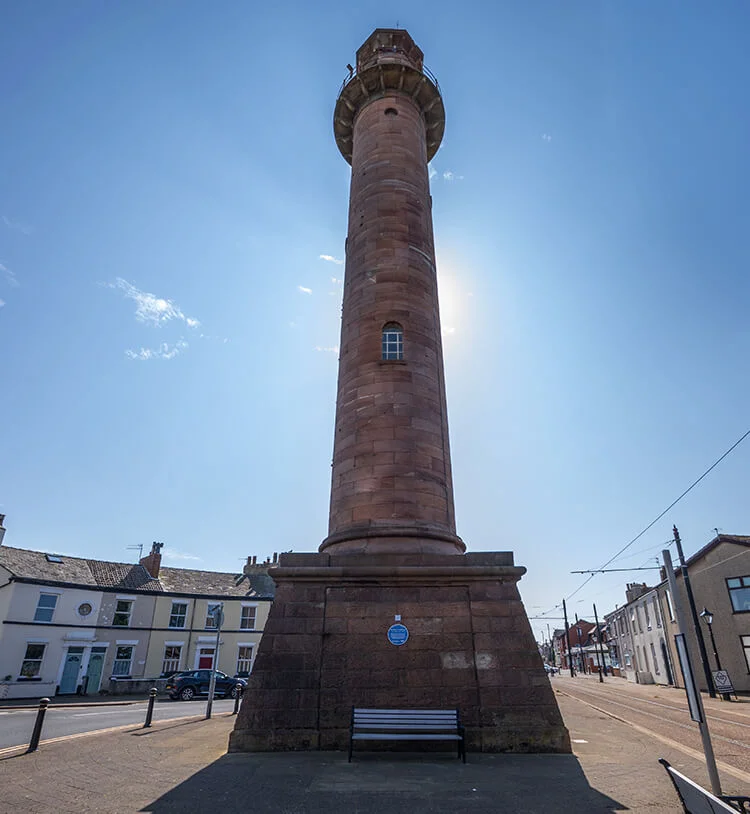
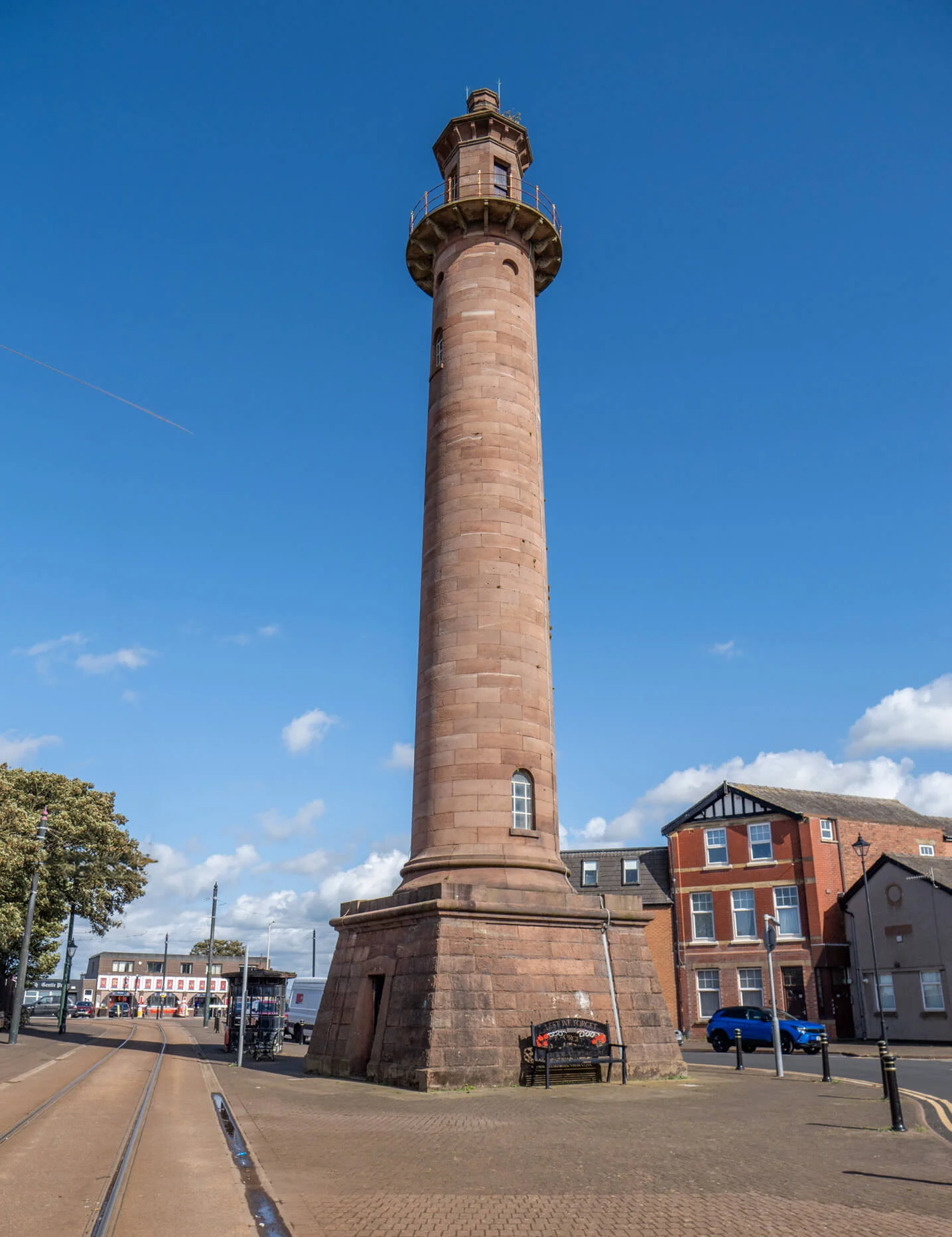
Featured Image © Deeper Blue Marketing & Design Ltd
Images by © Deeper Blue Marketing & Design Ltd

